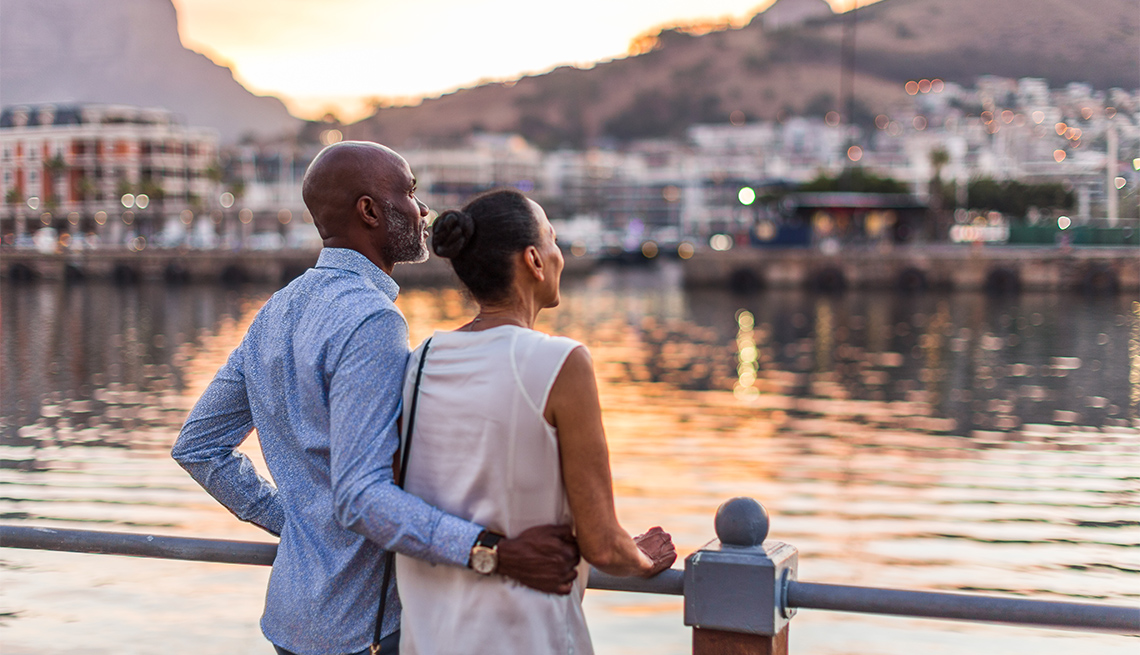Slow Travel and Why You Should Consider It
3 min read
Walking tours have long been a popular slow travel option. Monica Valeri, from northern Italy’s Emilia Romagna Tourist Board, touts strolls along some of that region’s 19 pilgrimage routes. Among the benefits: “meeting with locals and discovering their traditions — including the thousand different food and wine variations that vary from town to town.” These pilgrimage walks are “great for seniors who have an interest in gaining a deeper understanding of culture, art, history, food and wine.”
Sorrentino suggests road trips for slow travelers, “because you’re forced to travel through the small towns, and anything that catches your eye, you can stop and explore. You end up seeing things that even locals may not know about.”
Where to slow travel
While Italy has long been a hub for slow travel, many other destinations can provide a similar variety of unique food, history, nature and cultural experiences based within a small region. Tour operators are increasing their slow travel offerings across Europe in particular.
Sweden is an up-and-coming slow travel destination, with many immersive experiences doable on a single trip including land and sea, urban and rural locations. Epitourean launched culinary tours there in 2019 “to experience firsthand why Sweden is called the ‘Edible Country,’ ” says Loy, the company CEO. He cited slow-travel favorites of local dining, shopping in food markets, taking cooking classes, joining fishermen on a “seafood safari” in local waters, and most importantly, partaking in and understanding the Swedish tradition of “fika,” the coffee-and-a-pastry-with-friends leisurely snacking ritual that embodies the spirit of the slow food and slow travel experience.
The slow-travel philosophy also encourages visitors to go beyond the most popular, fast-paced destinations. For Sweden this means escaping the capital of Stockholm to base a trip around the “second city” of Gothenburg, which local tourism officer Petra Gamerdinger describes as “the relaxed cool little sister of Stockholm.”
The slow-travel angle for visiting a city like Gothenburg is to not only explore the city at leisure, by munching your way through the Lindholmen Street Food Market, strolling around the Gunnebo Gardens, and puttering by electric boat through the medieval moat and canals, but to use the city as a base for exploring in depth the variety of local regional experiences from “shoreline to timberline,” as Loy describes it.
At the end of a weeklong immersive itinerary around a European “second city” like Gothenburg, you’ll return home with much more enriching experiences and interesting stories to share than those tourists who checked off eight countries in seven days and returned only with a vague memory of short stops at packed museums and city squares.
Destinations in Mexico and the Caribbean are also increasingly popular slow travel destinations. Virtuoso’s Belles says pandemic-era near-shore remote-work opportunities exposed travelers to the benefit of booking extended stays in traditional resort destinations. With that knowledge, now “people are going beyond the usual ‘fly and flop’ vacation — they want to explore more of the area while they’re there, to get away from the beach and do more.”
But really, the destination is not as important as your attitude, slow travel’s proponents say.
“Anyone can be a slow traveler anywhere, even in their own town or city,” says Jenny De Witt, 51, who started a slow travel blog, jennyintransit.com, from her home in Florida in 2016 and is now (slowly) exploring France. “The best way to slow travel in your own town is to take a walk,” she adds. “Choose a new neighborhood or one that you don’t normally visit and make a point of going to a local shop there. Ask questions.” Most important? “Turn your phone off and be present.”
Editor’s note: This article was originally published on January 14, 2022. It has been updated to reflect new information.



